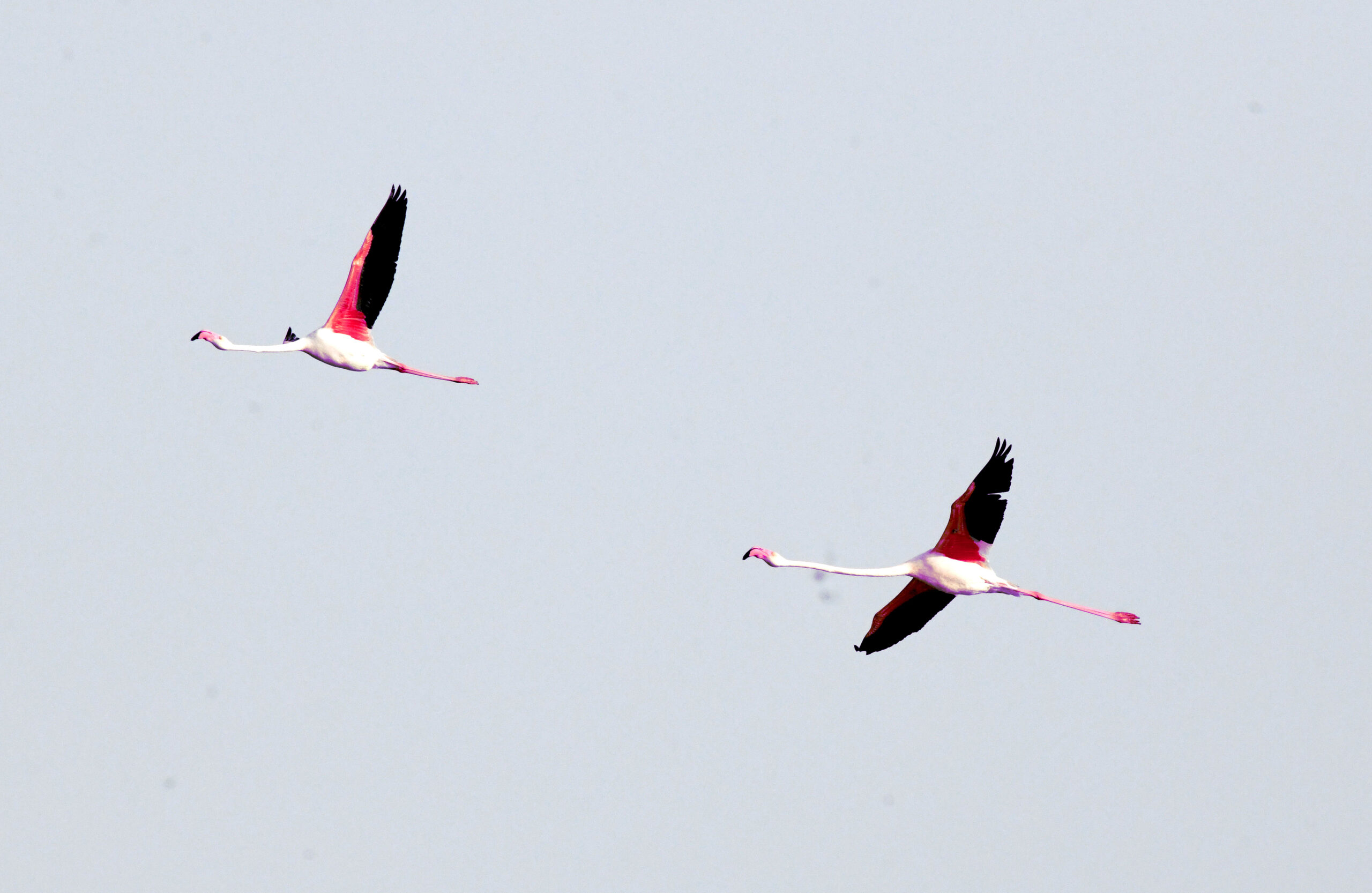Not just an attractive winter destination for migratory visitors, Rajasthan’s sand dunes, dry forests, and marshy wetlands, support a diversity of resident bird life throughout the year. A lot of local movement also takes place for the purpose of nesting and breeding between April and September. While some of these species exist in wholesome numbers, many of them have been flagged as threatened, vulnerable, endangered, and critically endangered too, by the International Union for Conservation of Nature (IUCN). Here’s a helpful checklist of residents and summer breeding visitors that birders are likely to find braving the high temperatures with them.

Resident Birds
Regardless of time of year, there is every chance of finding the fruit-eating Yellow-footed Green Pigeon perched loftily on peepal or banyan trees across topographies. The same holds good for Grey-headed Swamphens that love wetlands, and Red-naped Ibises, usually seen in agricultural fields and desert areas. The Oriental Darter, also known as the Snake Bird, is a near threatened species that finds Jaipur’s Man Sagar Lake suitable for nesting ever since it was cleaned and revived. The Oriental White Ibis is another similarly categorised species that calls Man Sagar and Chandlai Lake (30 kilometres south of Jaipur) home.

The Nahargarh Sanctuary is where the shy Pied Tit likes to hide itself, and much to the delight of birdwatchers, makes a rare appearance or two during its breeding season. The Indian Skimmer, distinct for its bright orange beak, favours the pristine Chambal River around Dholpur as a habitat, while the Sarus Crane loves the canals and lakes of Kota and Bharatpur.

Should you be in the far west of the state, visit the Desert National Park (DNP) for the Great Indian Bustard, a large long-legged Indian native said to be among the heaviest of flying species. Other year-round sightings at DNP include the critically endangered White-rumped and Indian Vultures. The latter’s love of rocky gorges will also find it nesting along the Chambal River in Kota. The rainy season (July-September) is a major draw for other birds like the Lesser Florican, best identified by a distinct mating behaviour–akin to spring-boarding into the air. The smallest of bustard species, it uses the cultivated moong (lentil) fields around Sonkhaliya near Ajmer as its most preferred breeding ground.


Summer Breeding Visitors These are native sub-continental birds that move locally for the purpose of finding suitable breeding grounds. Of these, the bright yellow Eurasian Golden Oriole, with its ‘masked’ eyes, and the Indian Pita, a tiny colourful passerine, are most popular and found playing hide-and-seek at both Man Sagar Lake and the Jhalana forest in Jaipur. The long-tailed Asian Paradise Flycatcher is another passerine that can be spotted in Rajasthan, most commonly in Kota. Other summer breeding visitors include the Blue-Cheeked Bee Eater, which shows up between April and September, and has been commonly seen at Chandlai Lake. The Lesser Flamingo, known to feed in degraded water bodies like the Sardar Samand Lake, is yet another such species.


Topping the Bucket List: Of the countless avian species that live in and visit Rajasthan, it is the small-billed and four-toed Black-rumped Flameback Woodpecker that continues to top birding wish-lists. It is known to put in a rare appearance in the old trees of the Jhalana forest in Jaipur. The Painted Stork, a massive bird with a long yellow beak, is yet another sought after sighting. Come July, this species prefers the tree-dense wetlands of Kota and Bharatpur for its nesting and breeding habitat.
For more details, call + 91 93148 80887 ( Manoj Kulshreshta, Birding expert)




